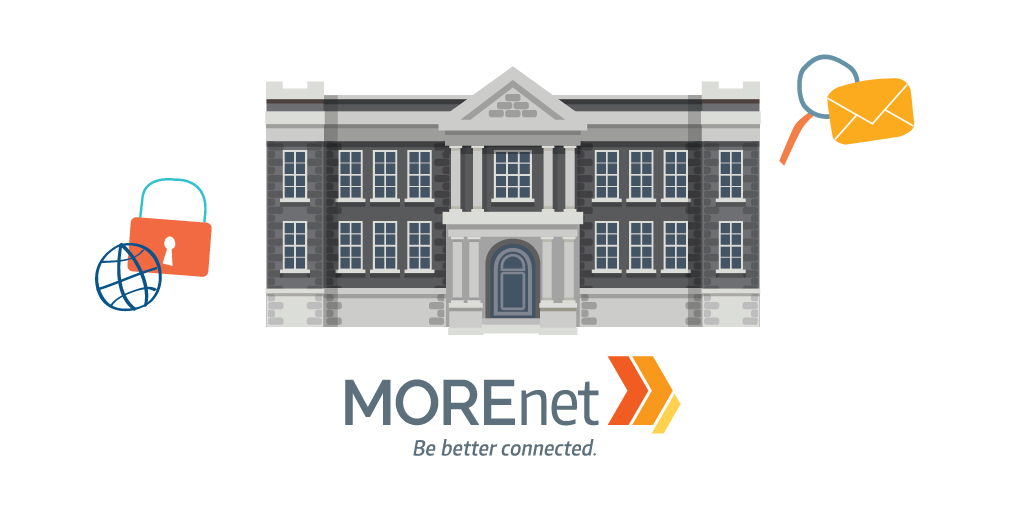
The physical security of your facility, network, data and personnel is essential. Failure to safeguard any of these components can lead to a breakdown in your overall security posture. Access controls can include the basics of locked doors and surveillance cameras. Physical security should include protections from natural disasters and fires as well as theft and vandalism.
Key components of securing your physical environment include maintenance and testing. Make sure that the doors will lock when pulled shut. Monitor the cameras to ensure they are working properly. Repair and replace controls that are malfunctioning or no longer supported. Take measures to ensure that only authorized people are allowed access to sites and data. The use of ID badges, keypads or guards will enable controls to prevent unapproved access.
Start from the outside and work into the facility. You may encounter fences and gates. There may be locks or automated controls on the gates. There may be another barrier at the entrance of the building that could include a badge swipe, biometrics or key code. Once in the building, maybe visitors are required to sign in and then escorted to the appropriate area. All doors to other rooms should be closed and locked, with access limited to those who need it. The goal is to put multiple obstacles in place in order to increase the time it takes for a criminal to act while also giving more time for an organization to respond to an incident and get it contained.
Protecting physical servers and network equipment is important as we find ourselves more connected by virtual, cloud and various IoT devices. Securing the physical assets can protect against data loss.
Physical security is a preventative measure. Organizations should also have an incident response plan in place to quickly and effectively respond when these defenses are bypassed.
